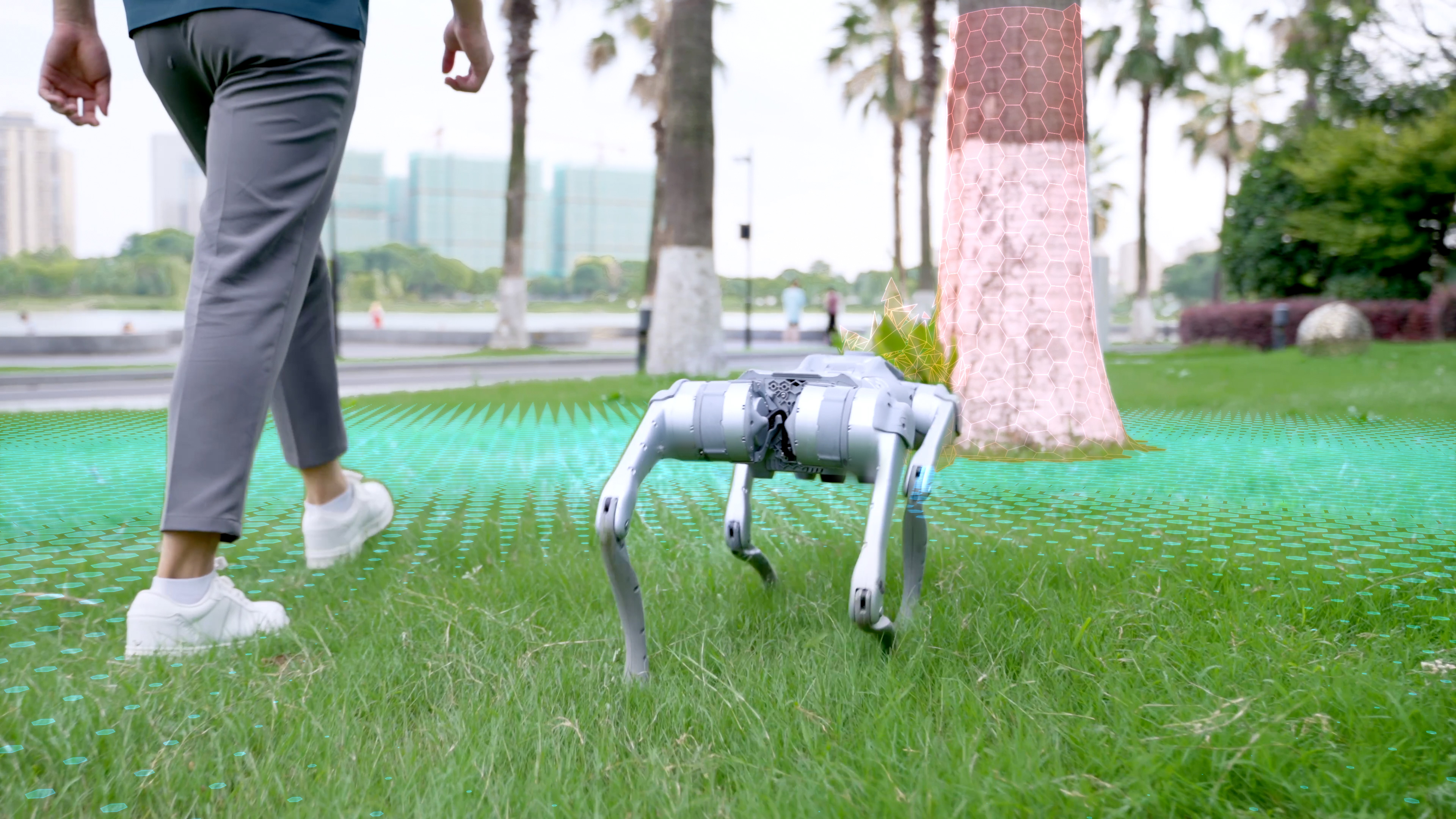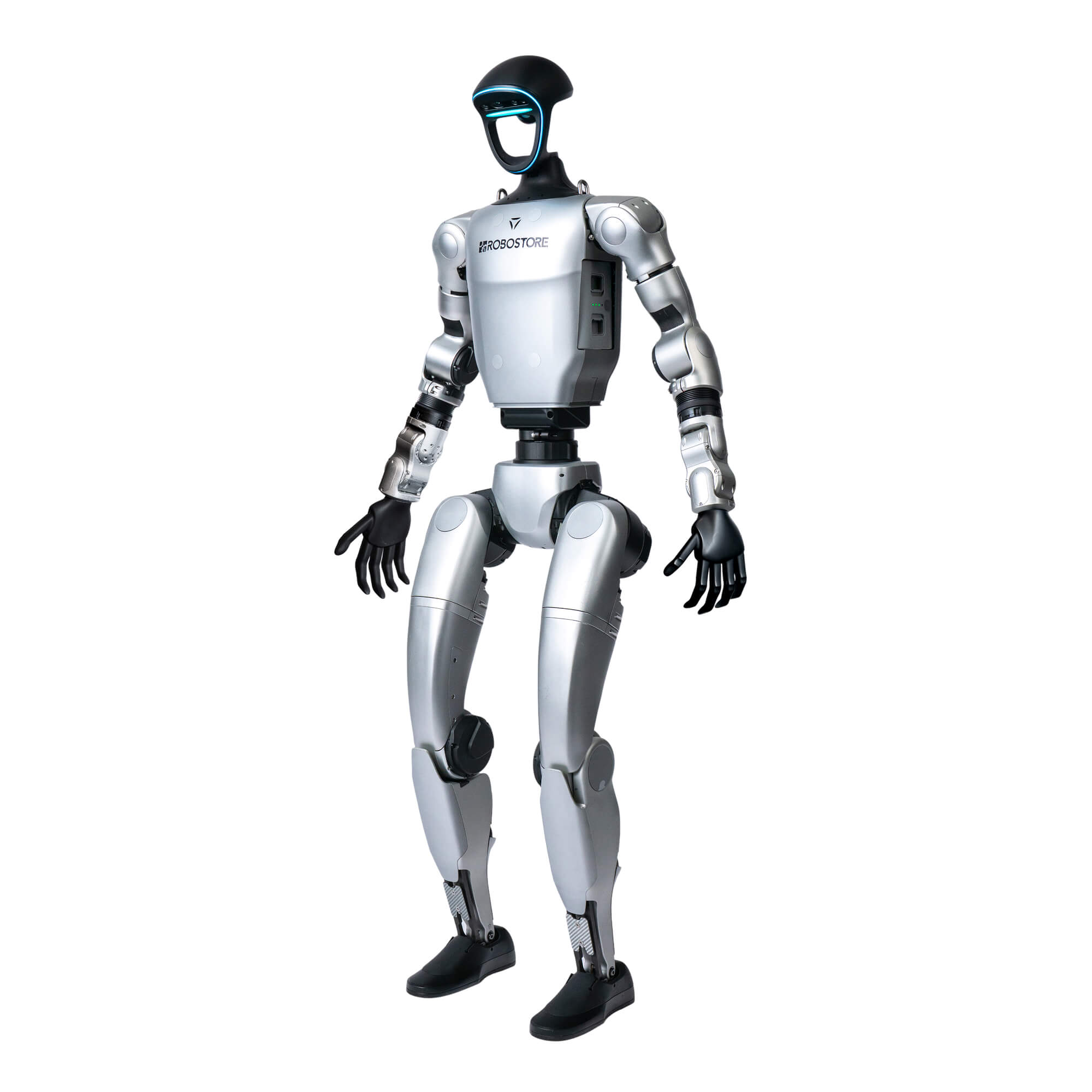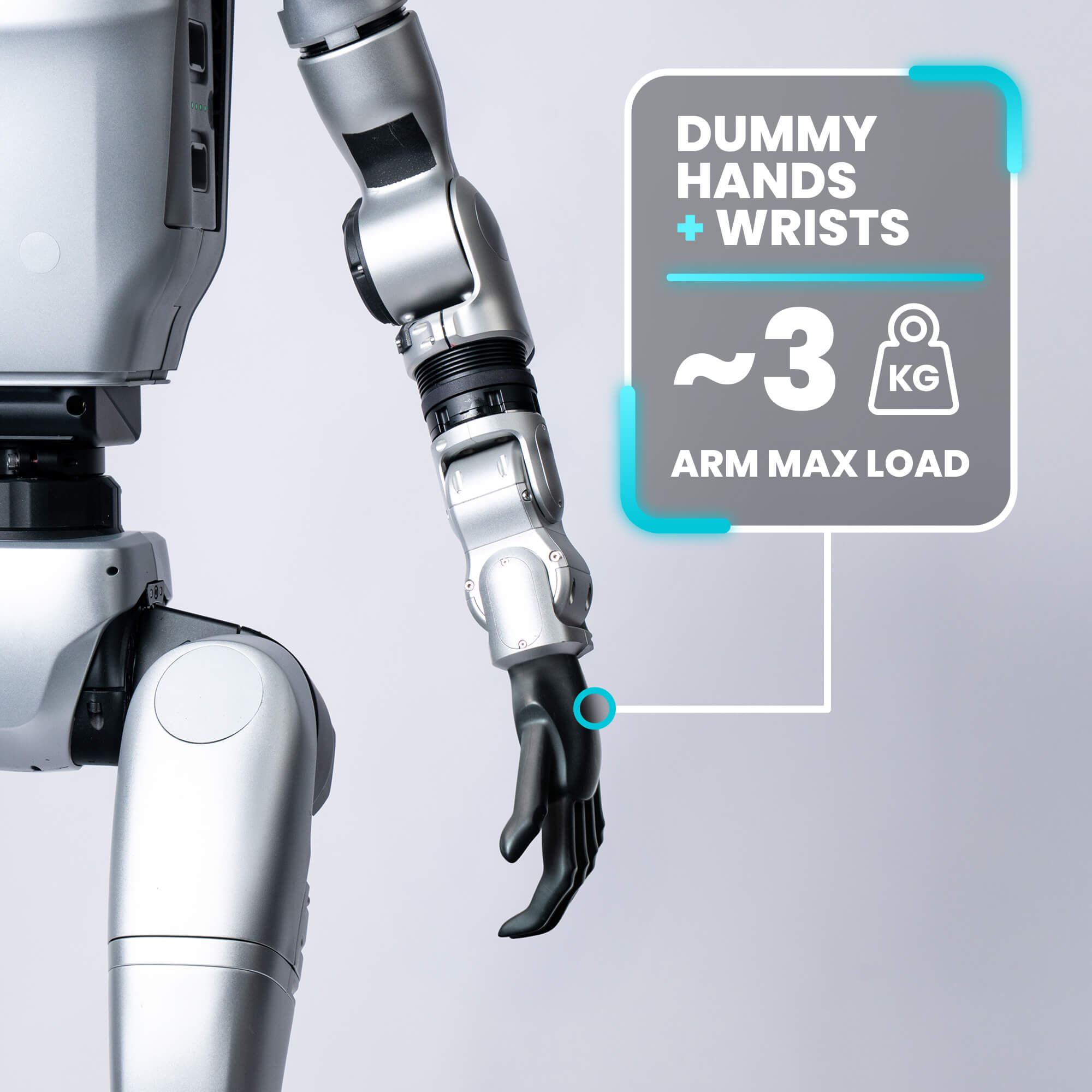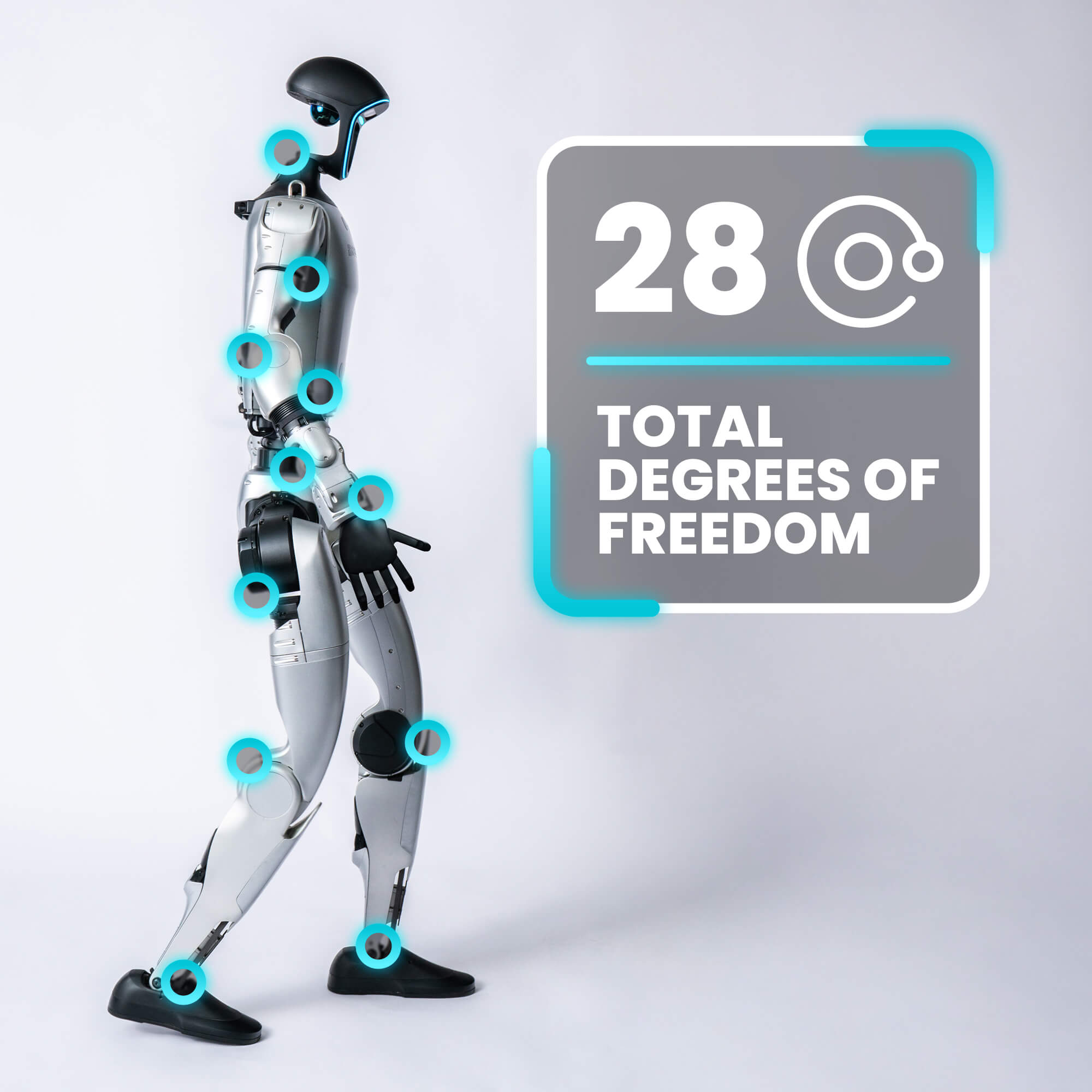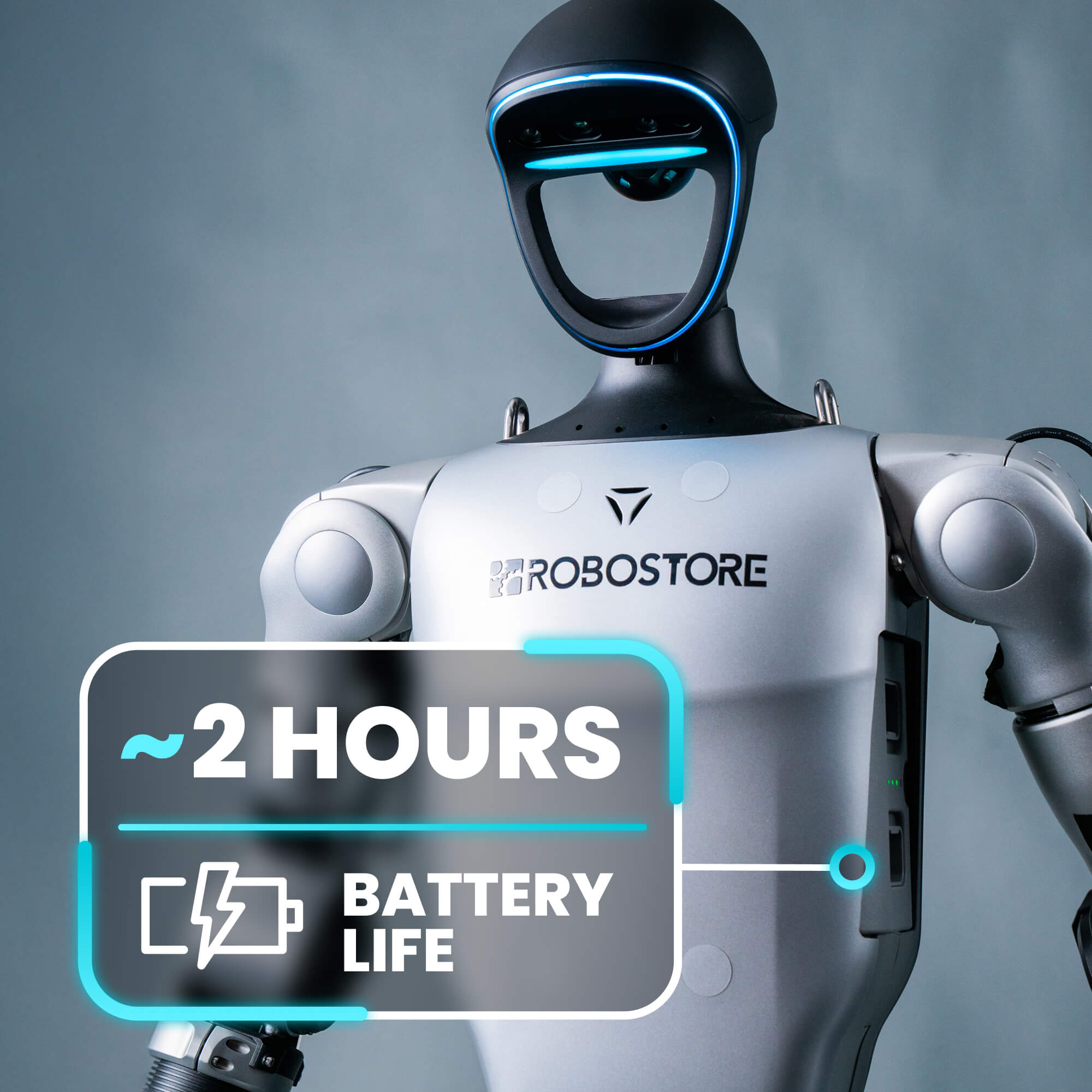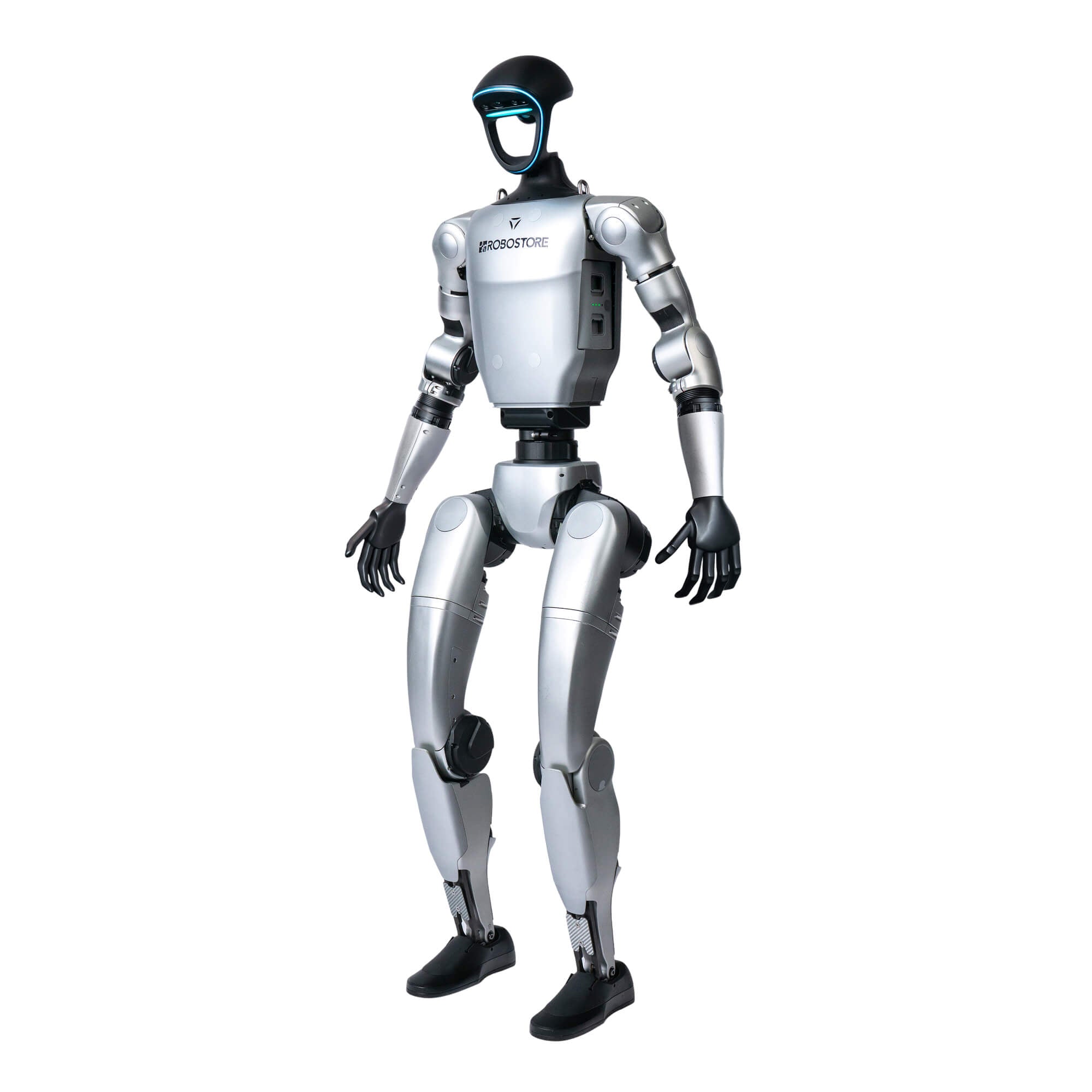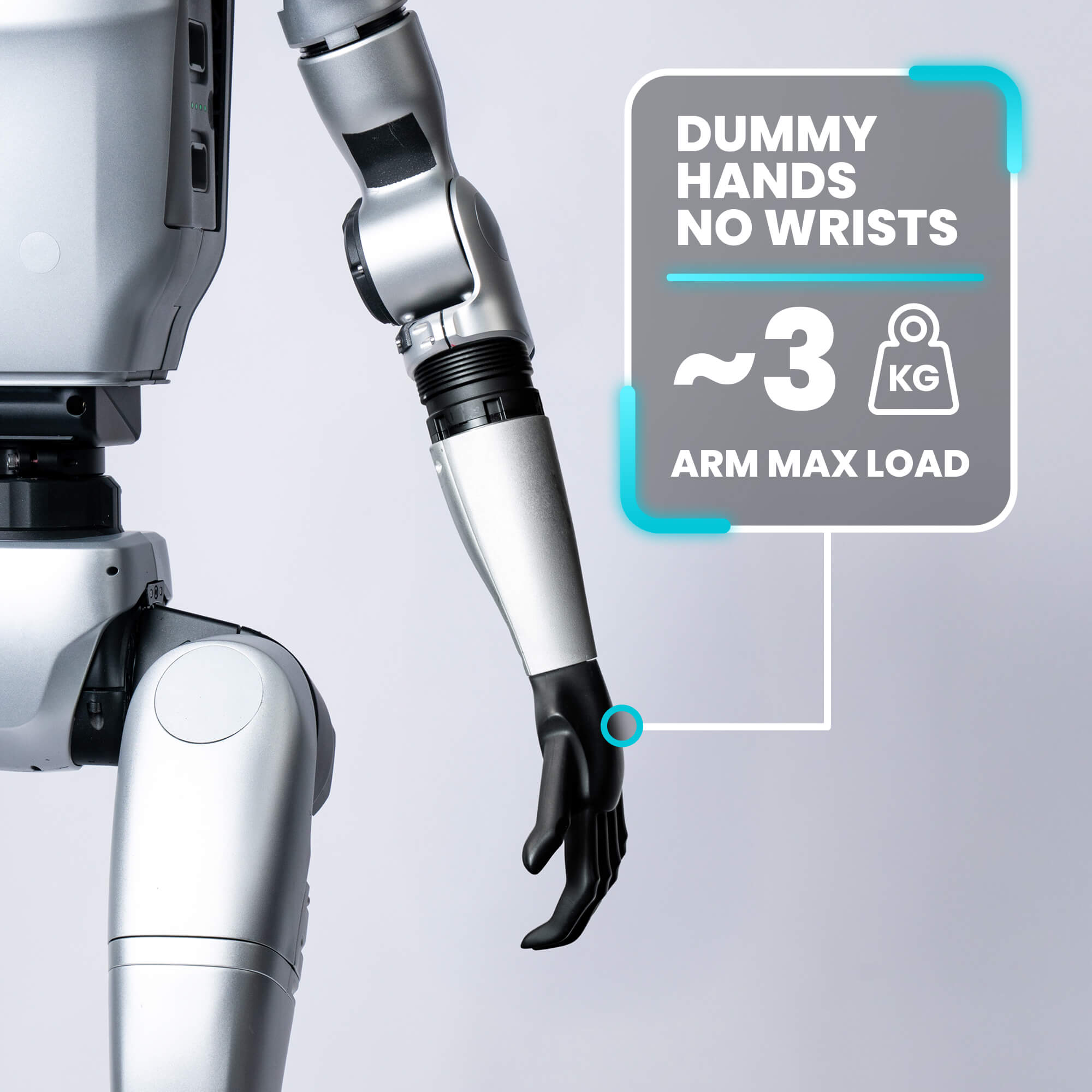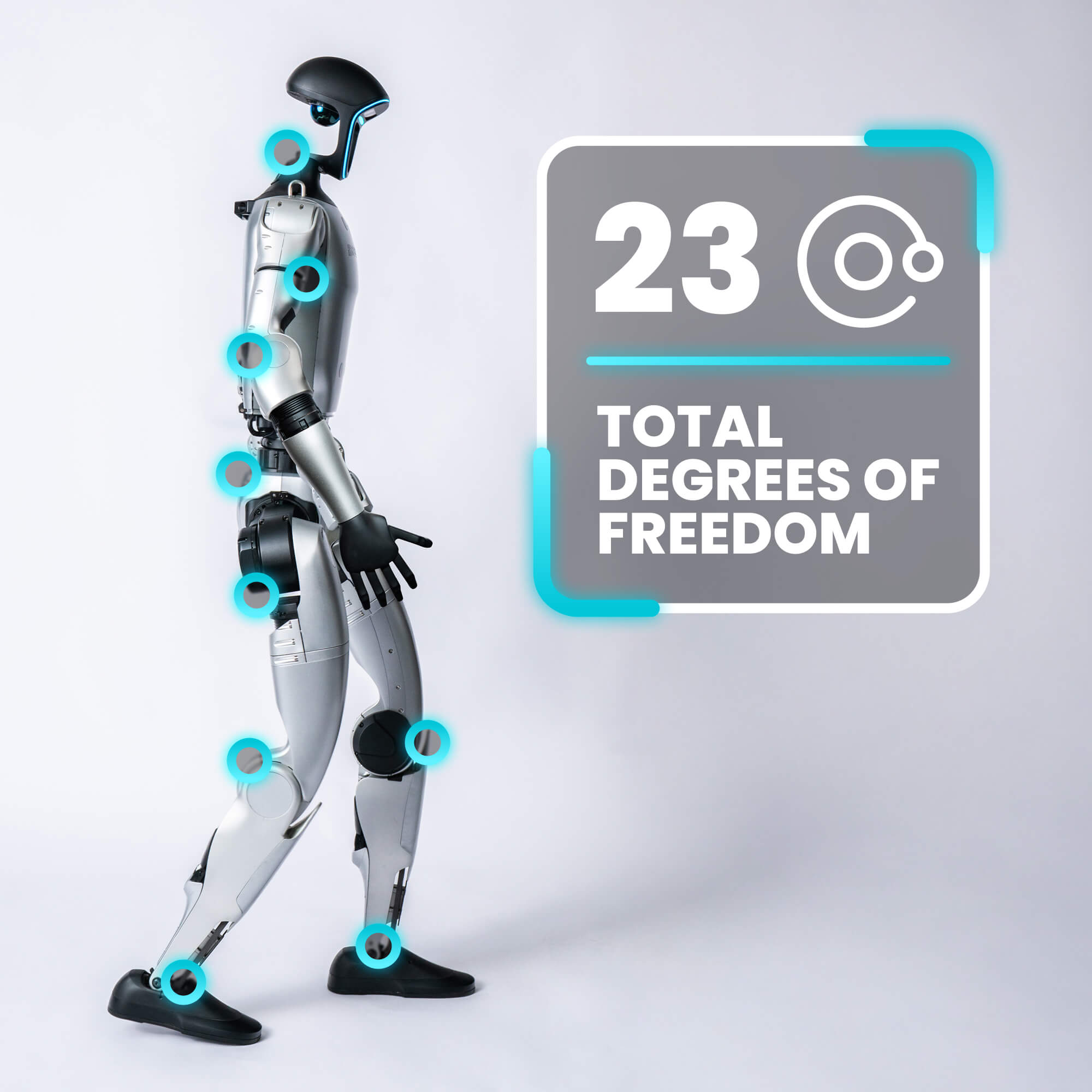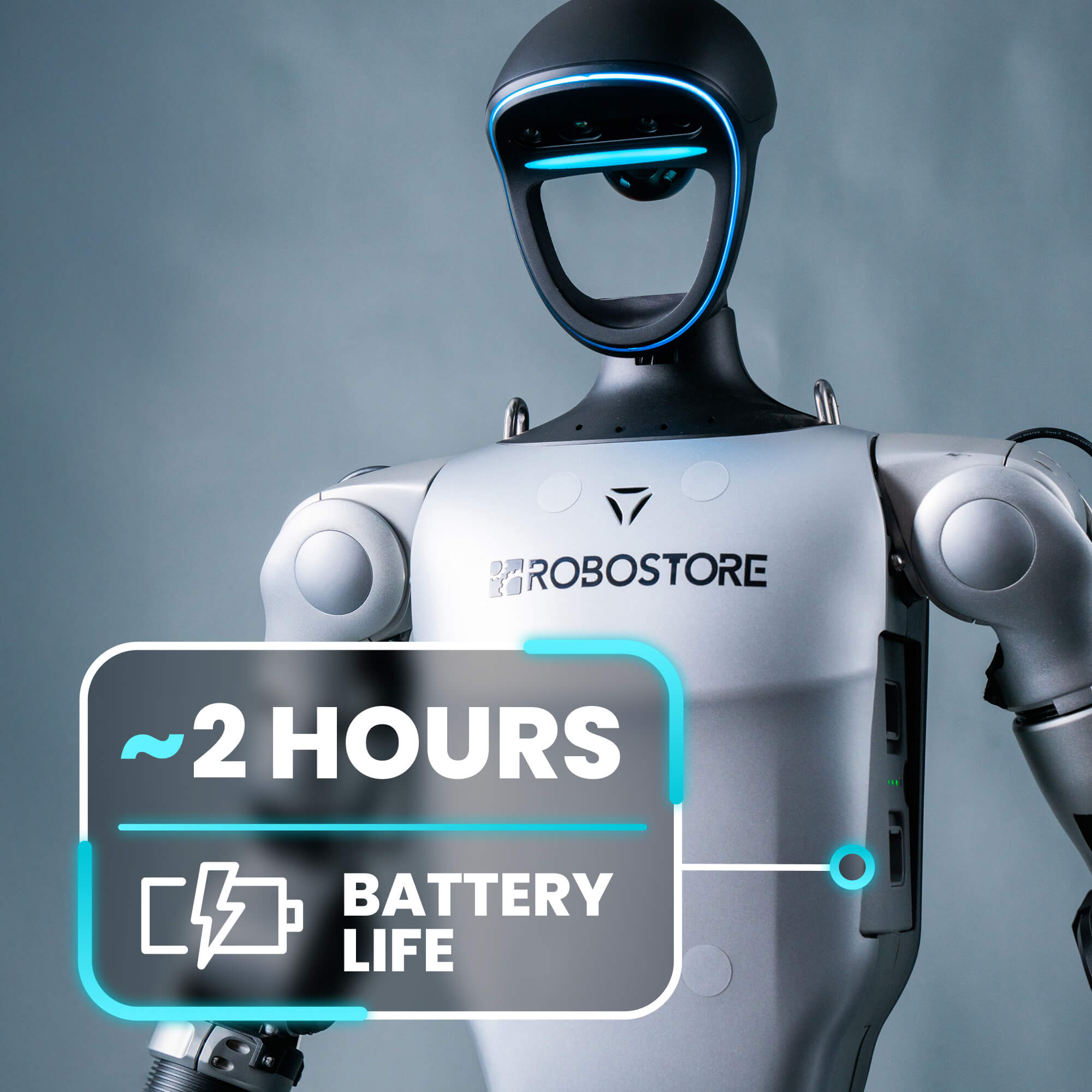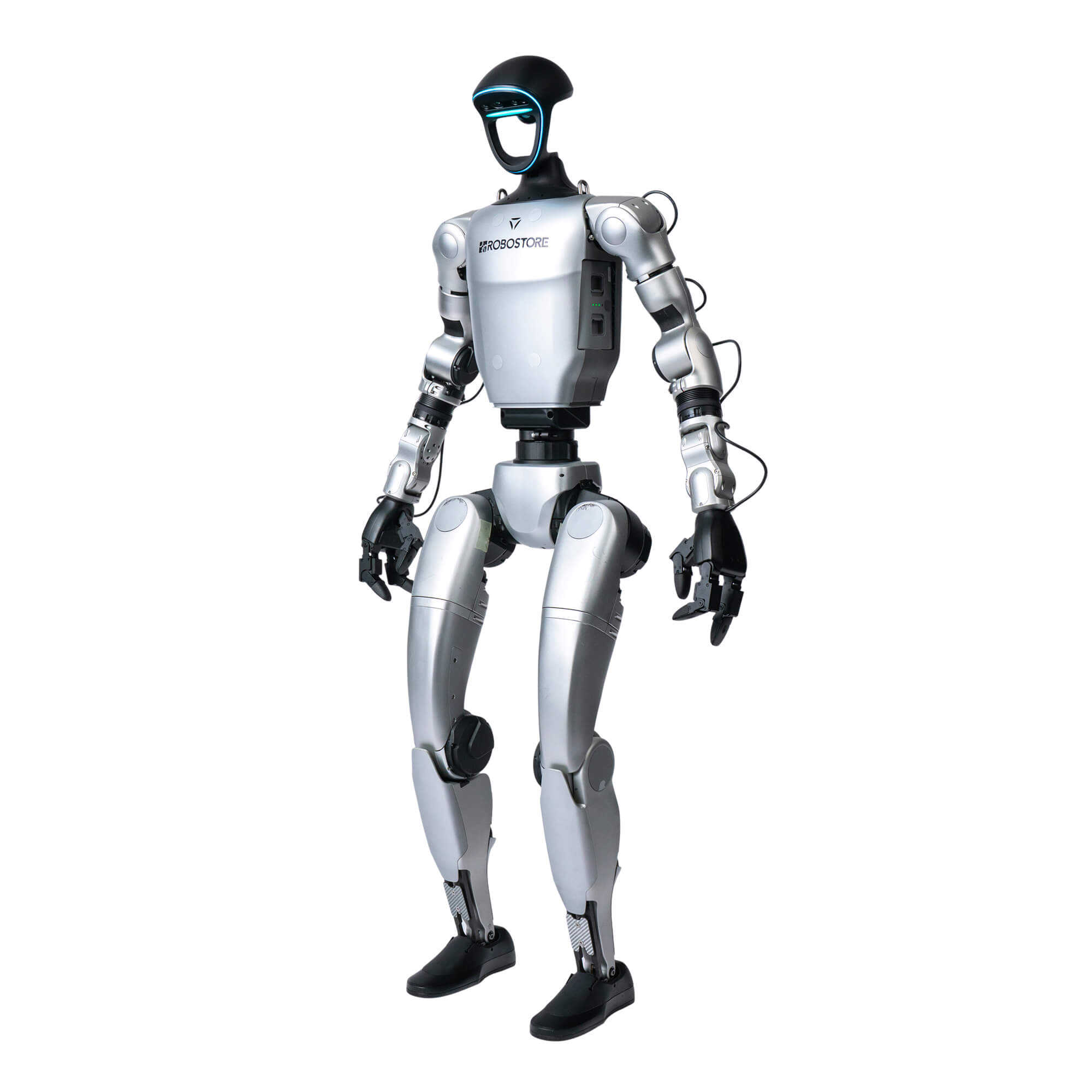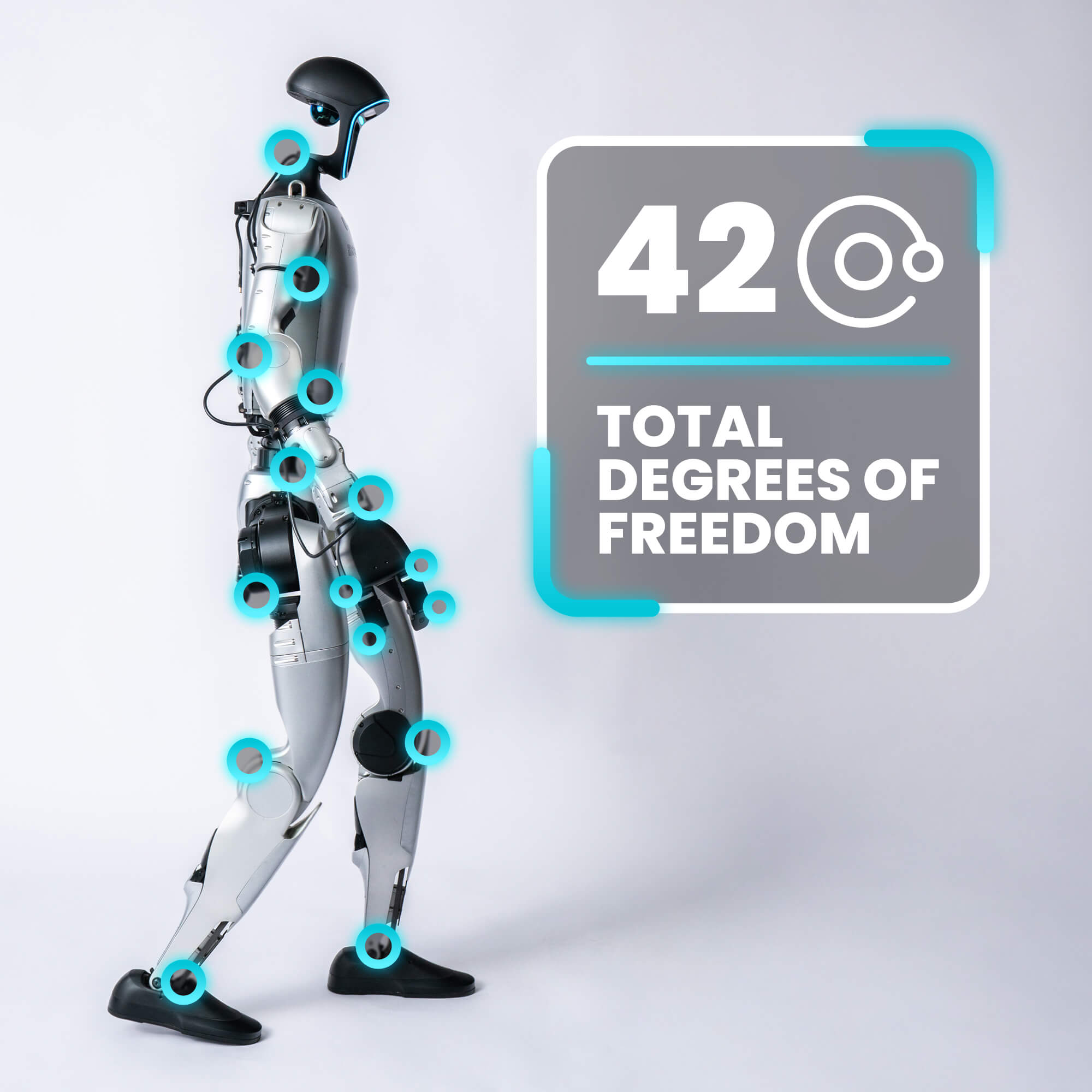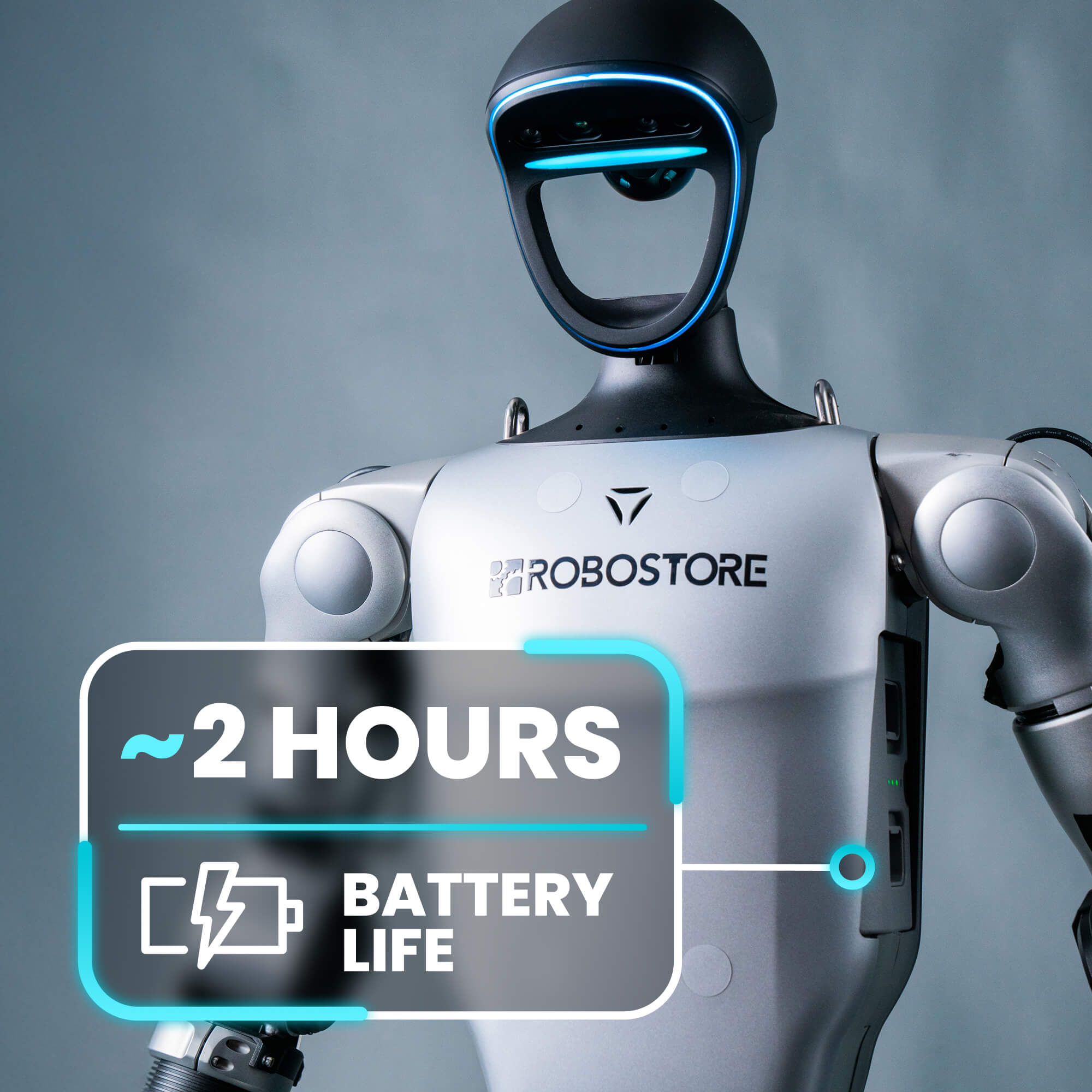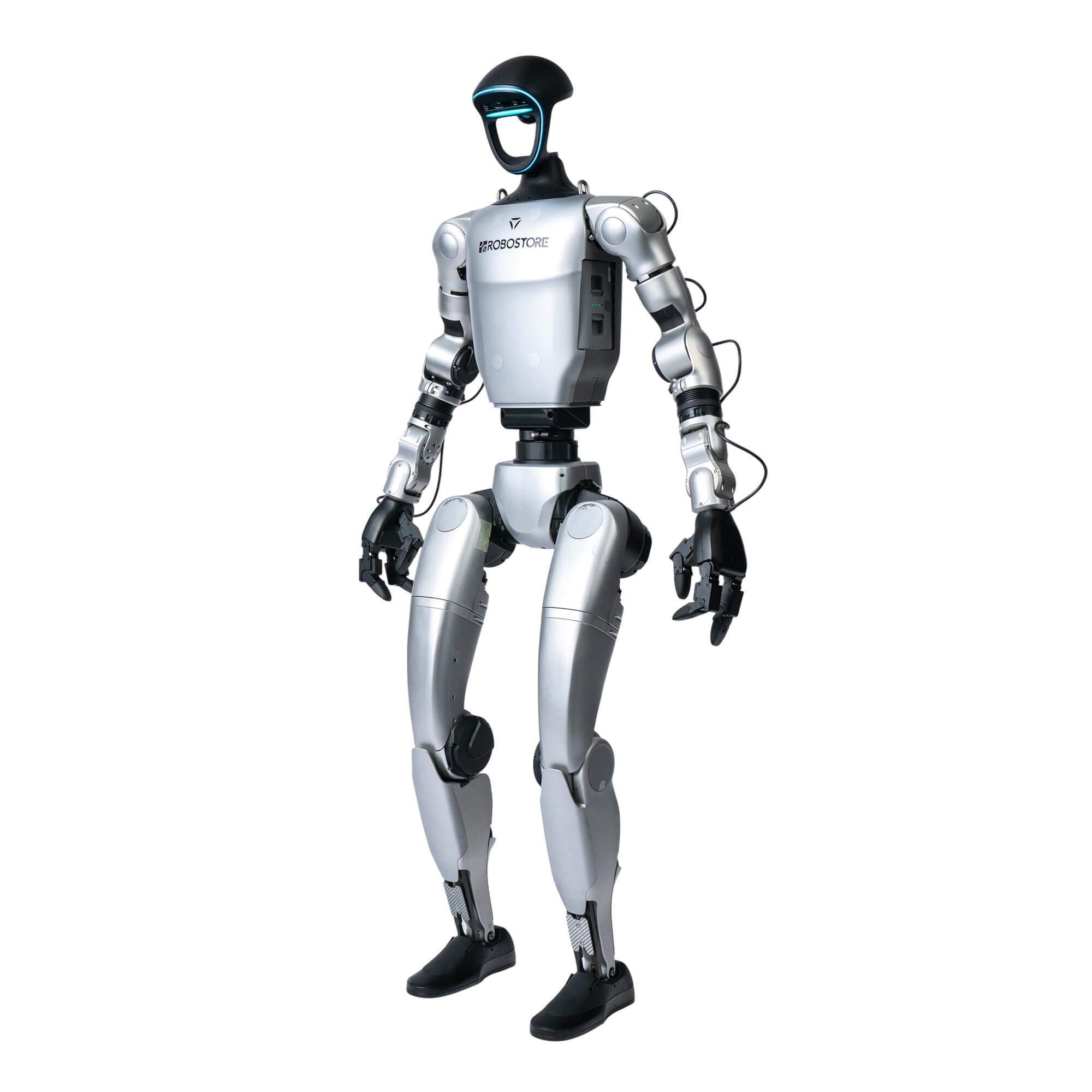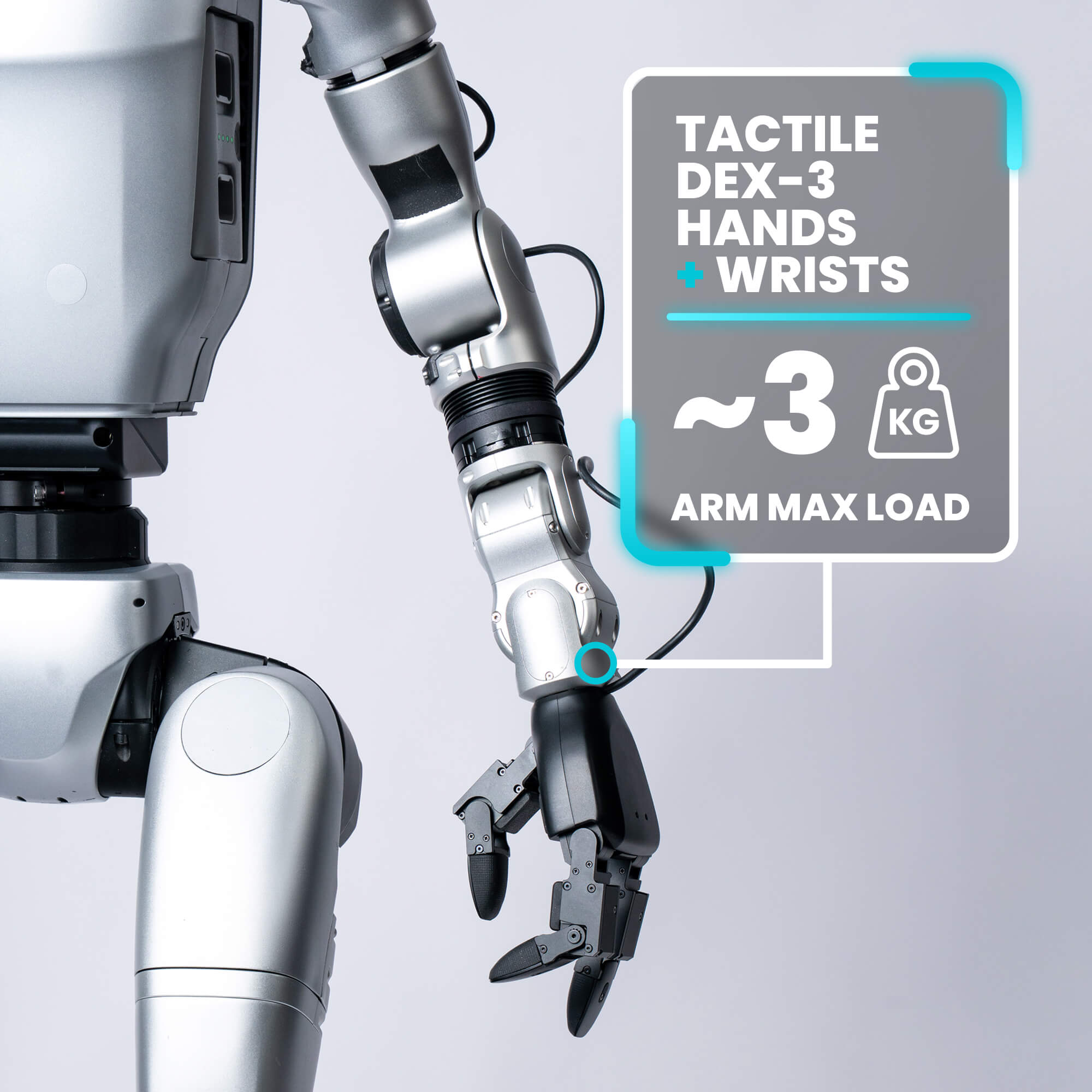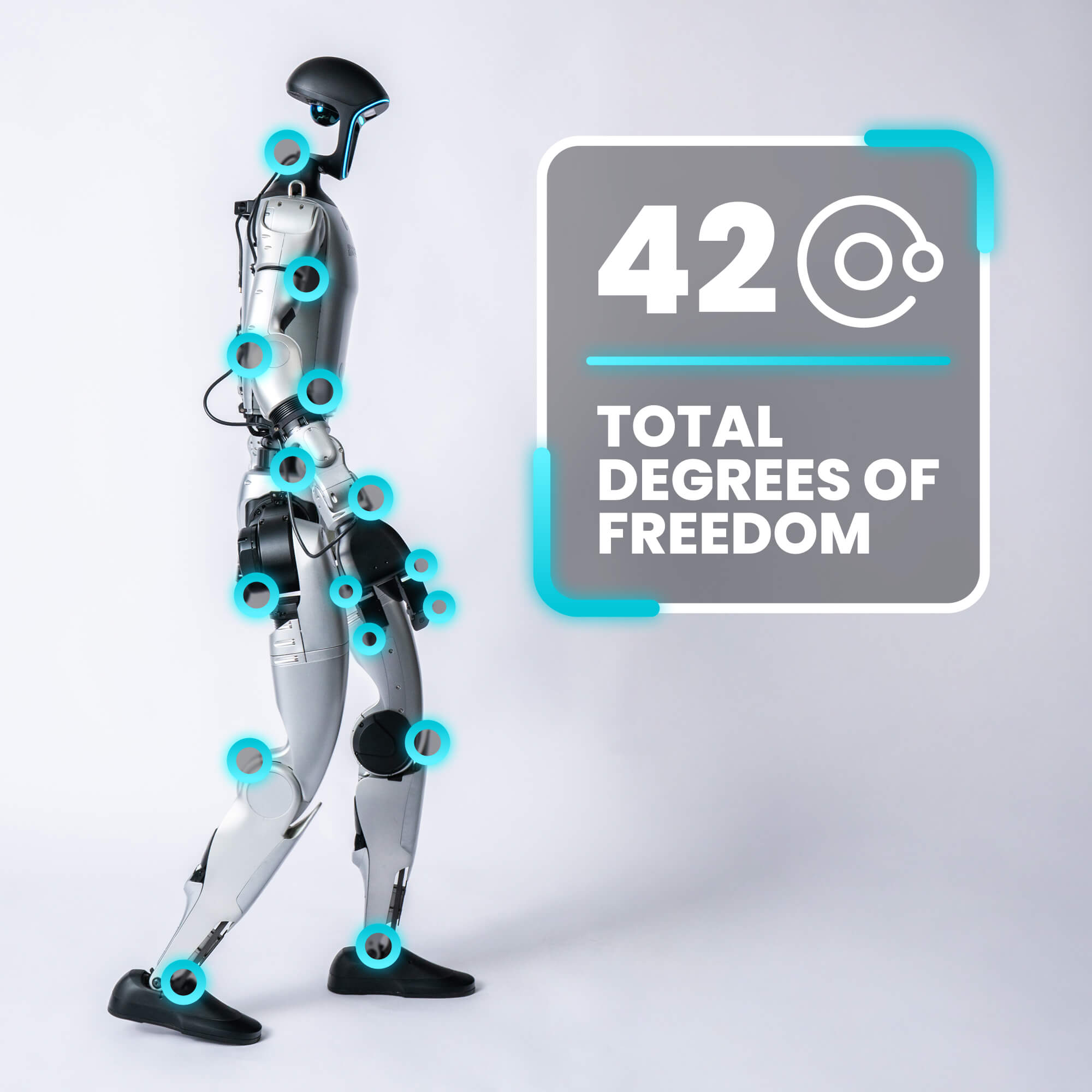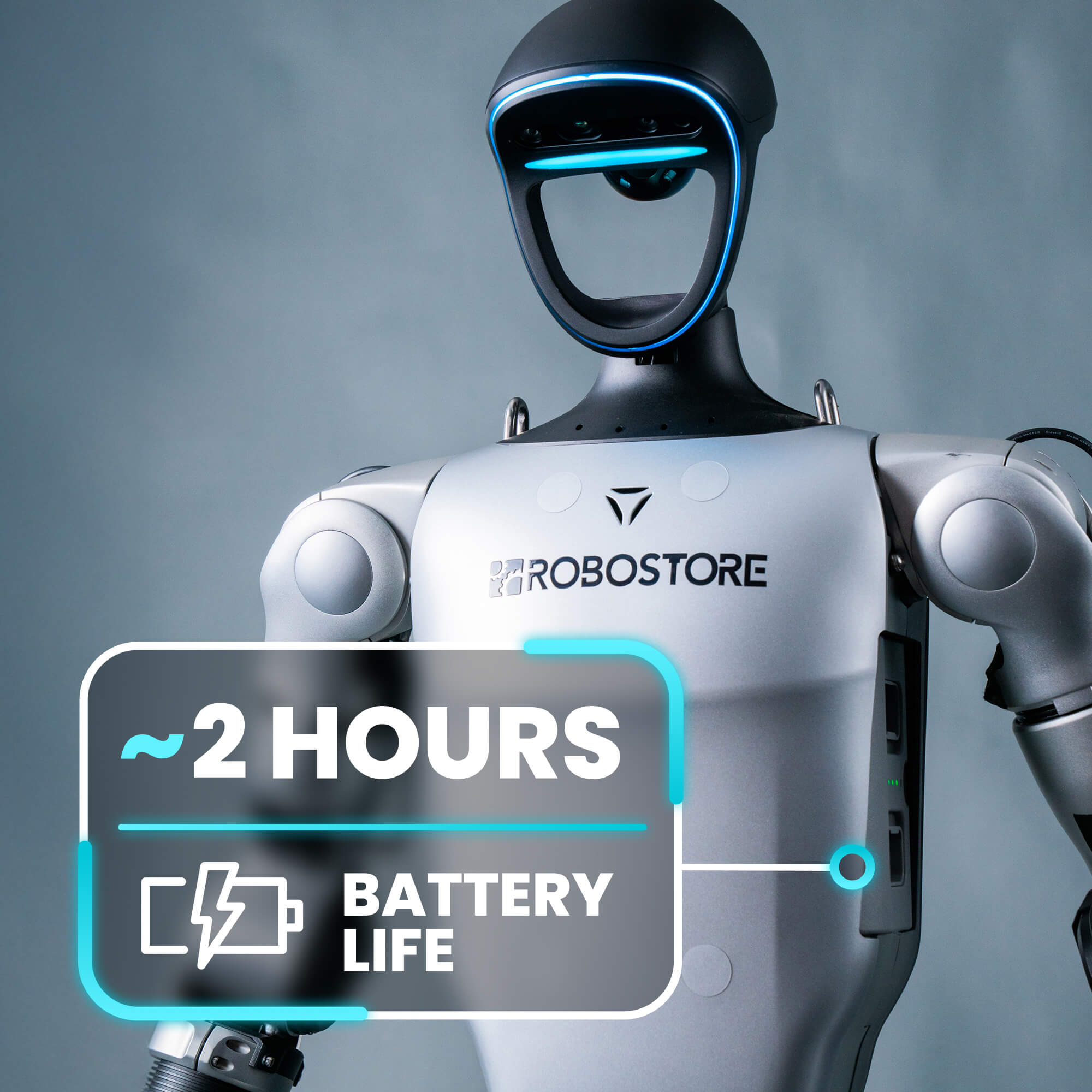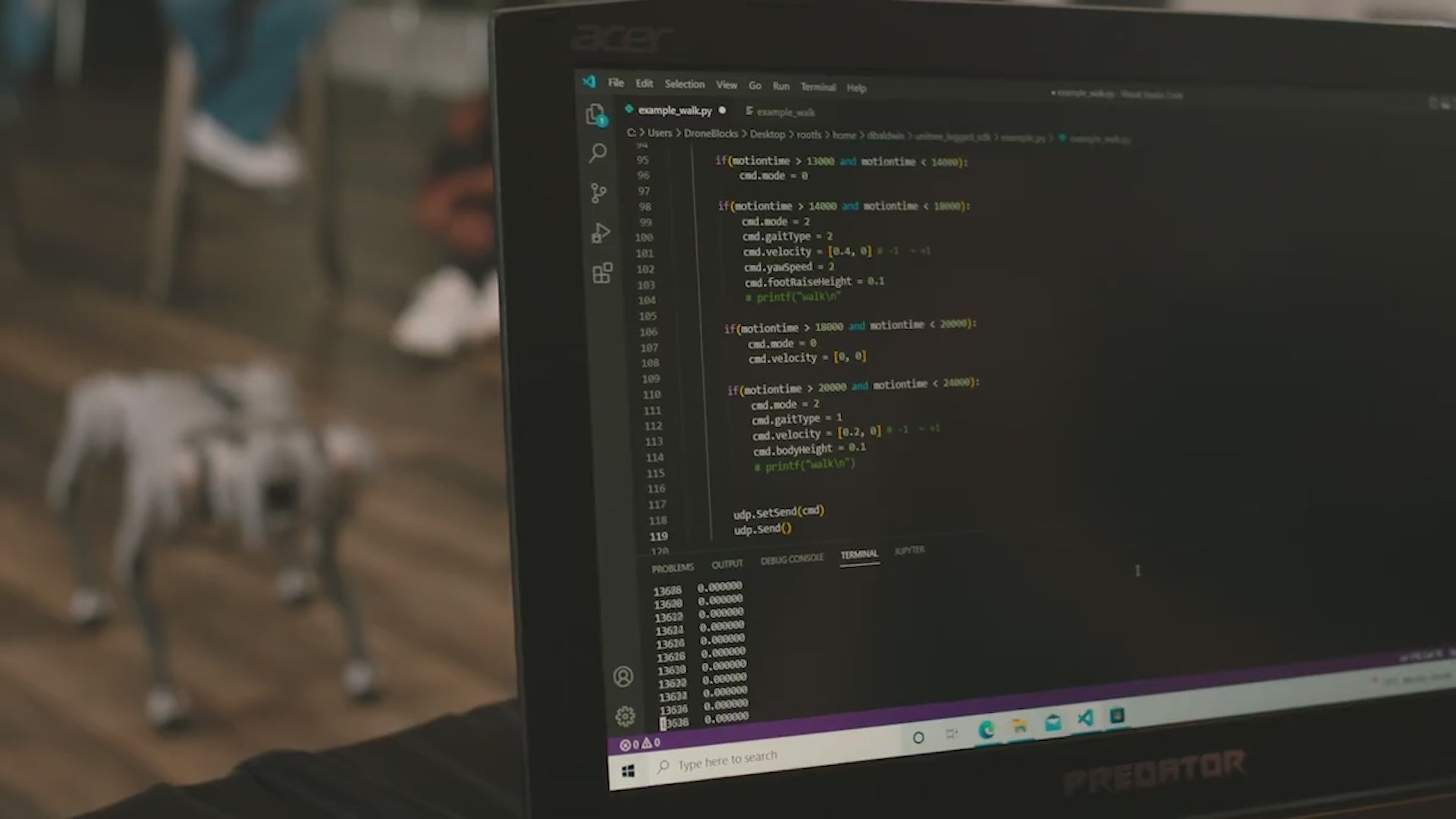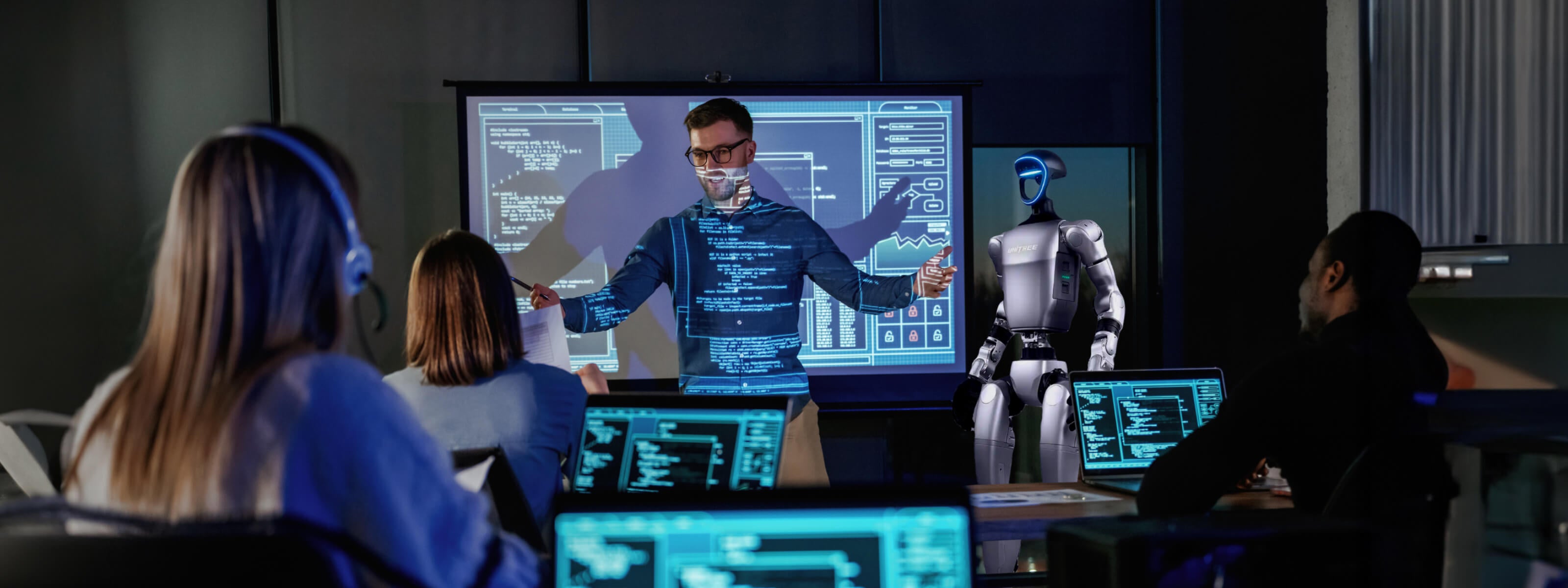
Curriculum-Ready Robots
Trusted by schools and universities worldwide, Unitree EDU robots fit seamlessly into classrooms of all levels. Students can start with drag-and-drop block coding, progress to Python and C++, and advance into AI, LiDAR, and mechatronics. This flexibility ensures programs can grow with student skill levels.
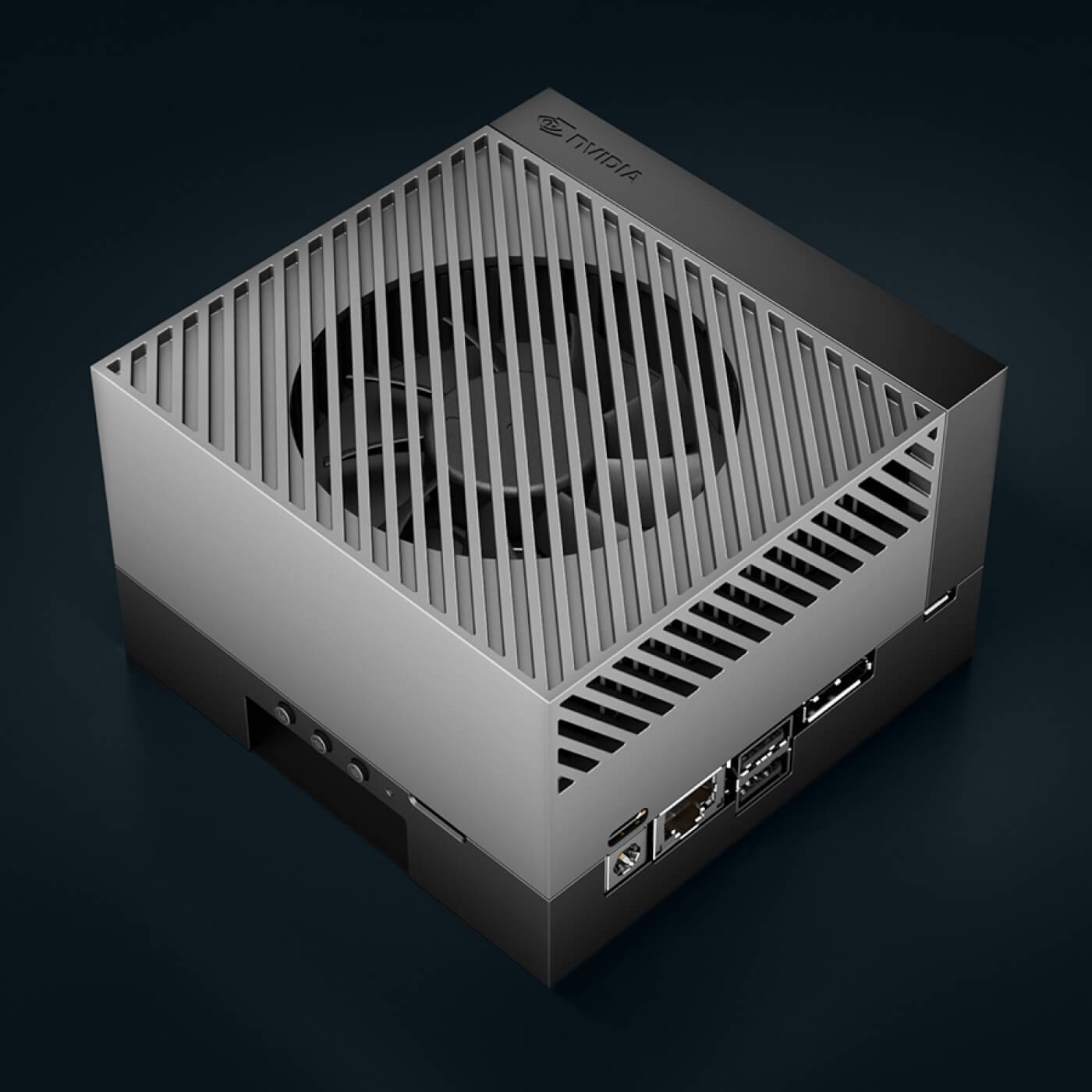
Powered by Industry Leaders
At the core, NVIDIA Orin processors provide unmatched AI performance. Choose 40 Tops for introductory robotics and LiDAR applications, or 100 Tops for advanced spatial recognition, 4D LiDAR, and research-grade projects. The same technology powering autonomous vehicles now drives the future of education.
Education-Ready Robots
Unitree G1 EDU Plus Robotic Humanoid (U2)
Hand Type
Degrees of Freedom
Supported
NVIDIA Jetson Orin
Max Joint Torque
Max Arm Payload
Hand Type
Degrees of Freedom
Supported
NVIDIA Jetson Orin
Max Joint Torque
Max Arm Payload
Hand Type
Degrees of Freedom
Supported
NVIDIA Jetson Orin
Quick-Release Battery
Weight (with Battery)
Hand Type
Degrees of Freedom
Supported
NVIDIA Jetson Orin
Max Joint Torque
Max Arm Payload

Coding & ROS Integration
Unitree EDU robots support Python, C++, and drag-and-drop block coding, giving students hands-on experience across multiple languages. With full ROS (Robot Operating System) compatibility, educators can simulate environments, integrate custom packages, and teach students how to code, debug, and deploy robotics applications at scale. This flexibility allows programs to bridge entry-level STEM instruction with graduate-level research in one unified platform.
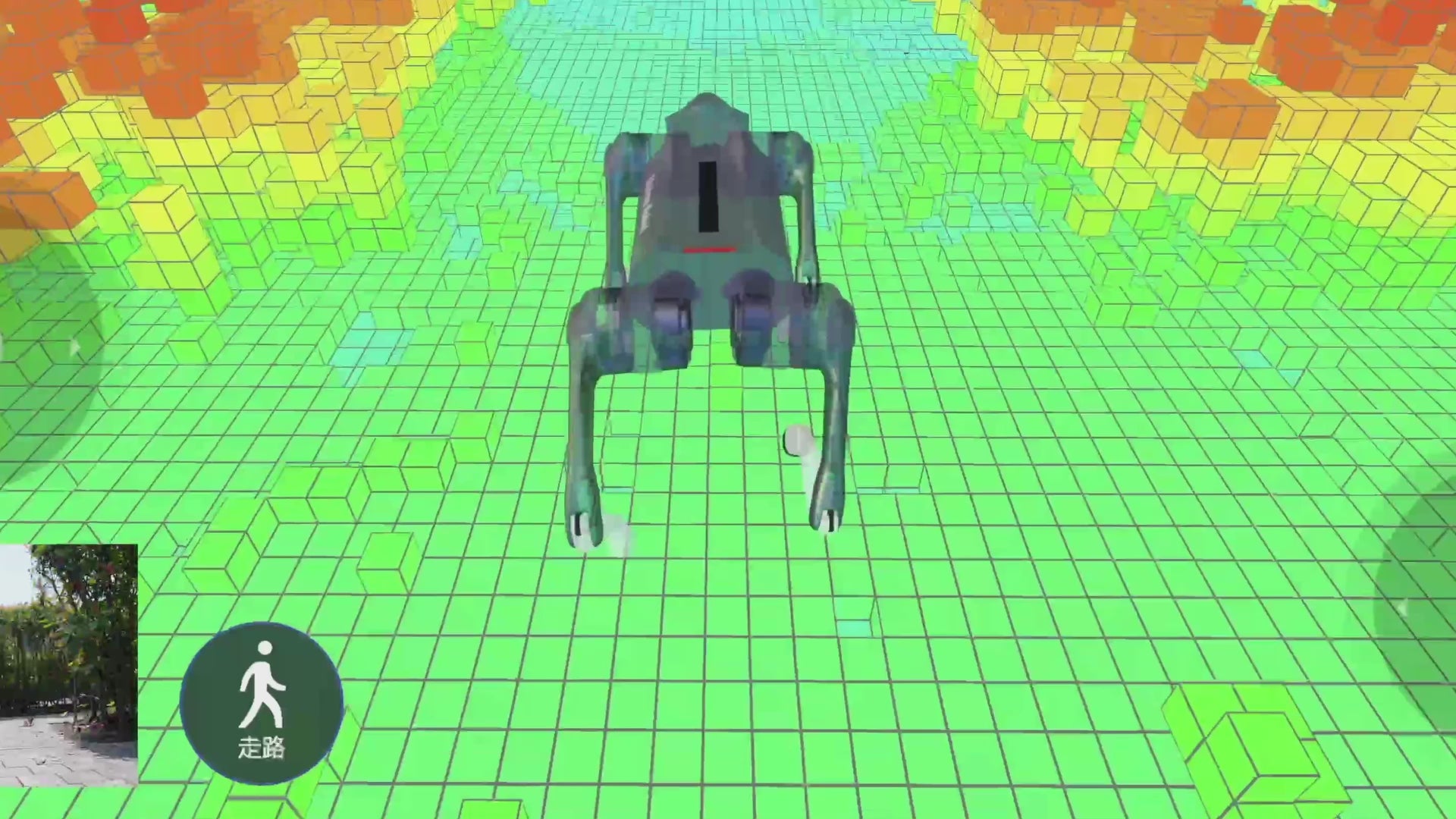
AI, Computer Vision & LiDAR
From 2D–4D LiDAR for mapping and navigation to AI-powered object recognition, voice control, and autonomous movement, our robots bring advanced capability into the classroom and lab. Leveraging intelligent interconnection algorithms, they analyze real-time data to detect anomalies, optimize performance, and model complex environments with accuracy.
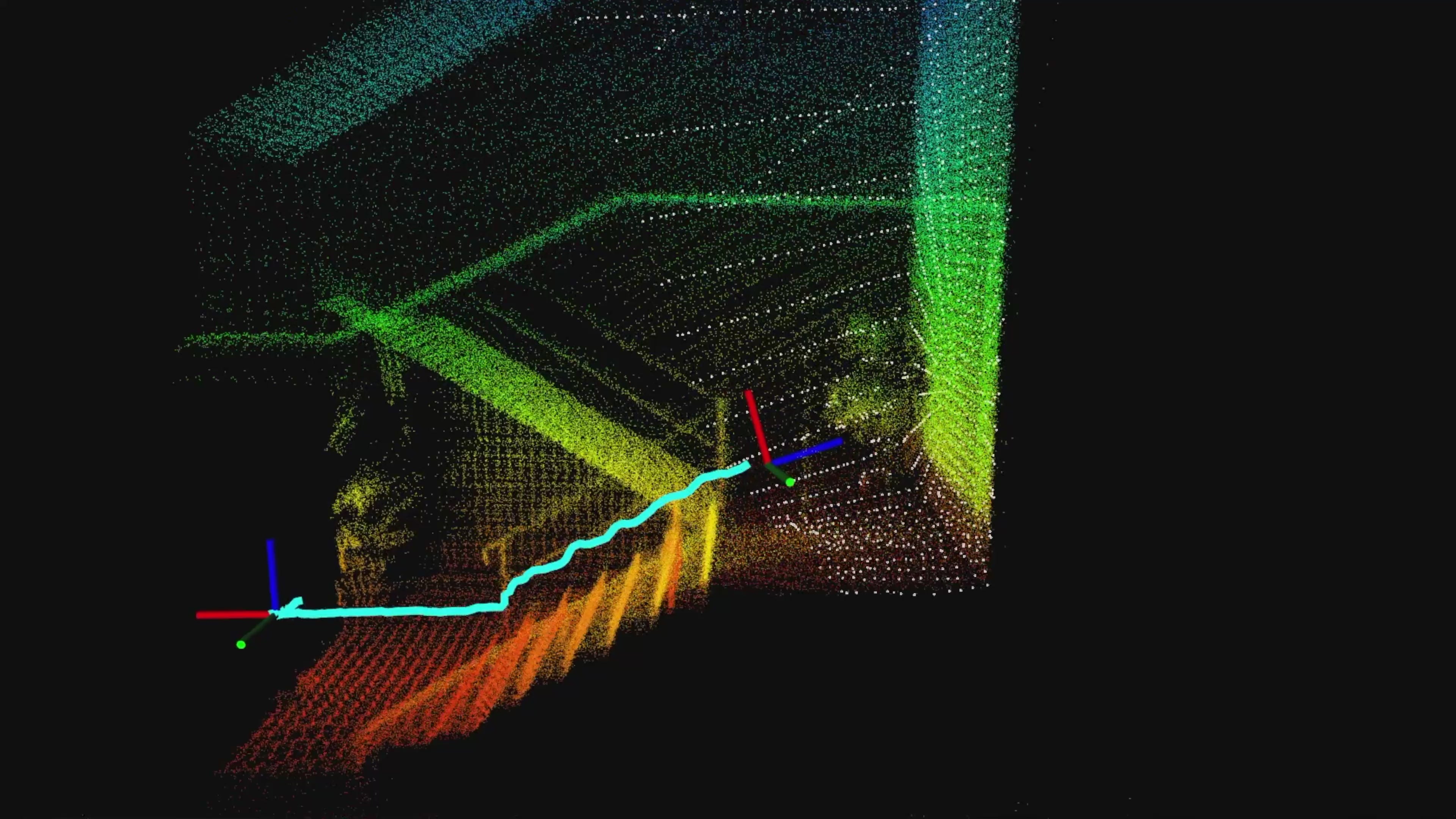
Versatility & Future-Ready Technology
Unitree robots are designed to adapt across industries and environments, from classrooms and research labs to field testing and industrial sites. With unmatched terrain adaptability and modular hardware, they handle stairs, slopes, and rugged surfaces where wheeled robots fail. Digital twin technology enables inspection paths and experiments to be simulated virtually, ensuring your robotics program is always scalable, upgradable, and future-proof.



